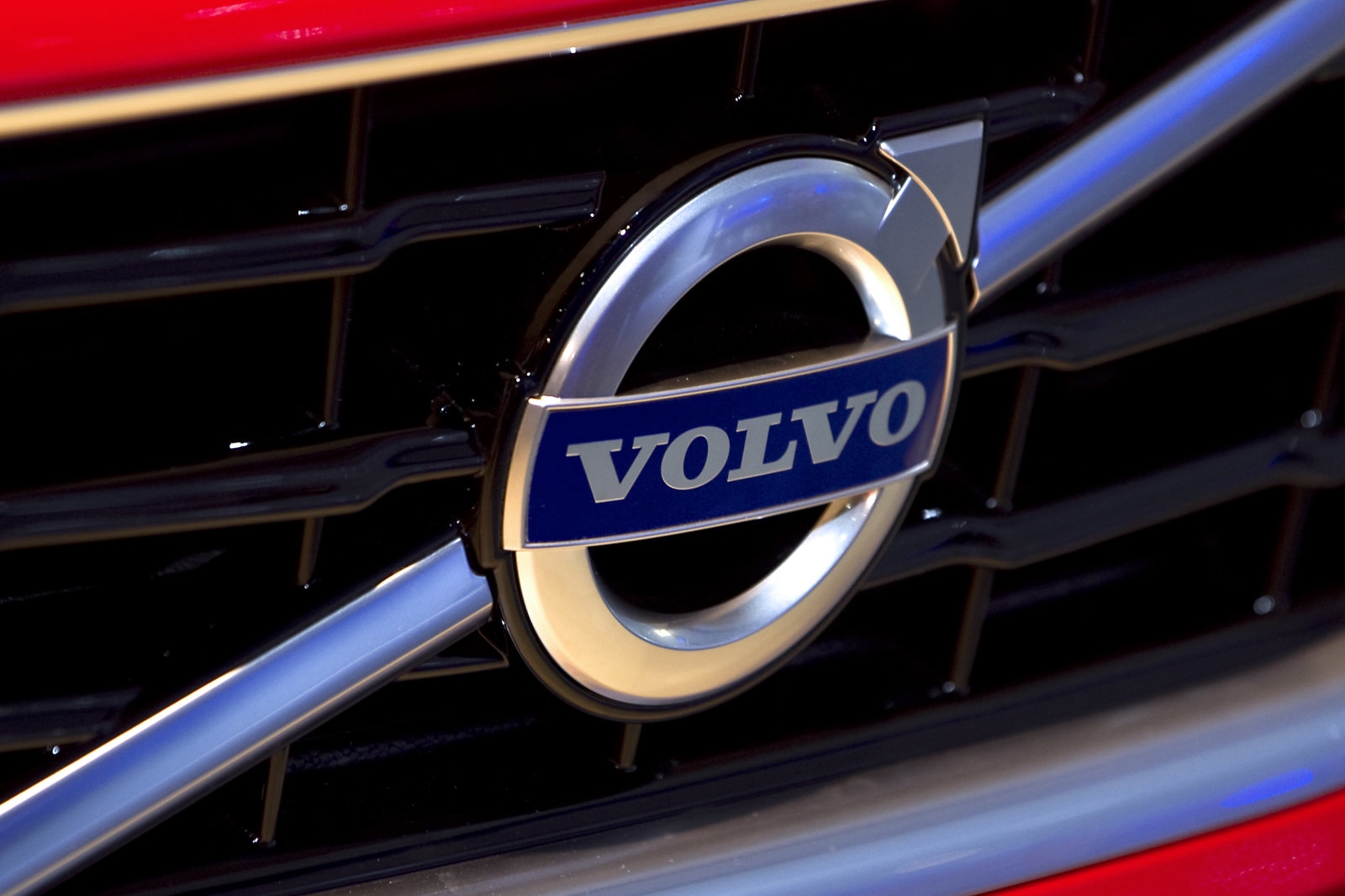Volvo is adjusting the timeline on its ambitious Drive Me autonomous program until it can find the right sensors. “The development in sensor performance and processor capabilities is going so much faster than we expected in 2013,” program director Marcus Rothoff recently told Automotive News Europe. “Because advancements are being made at such a rapid pace, we want to make this decision as late as possible.”
In addition to the sensors that enable Level 4 autonomy (the car can drive itself, but a steering wheel and pedals are still present), the Swedish automaker is having issues with the wiring. Rothoff said that laying copper has been “a really huge” challenge that was unanticipated at the project’s outset in 2013.
This means the original estimate of 100 self-driving test vehicles has been adjusted to having 100 people in the pilot program by 2021. At the moment, there are a pair of Swedish families using Level 2 XC90s outfitted with cameras and gear inside to see how real families interact with the vehicles in controlled test situations.
Volvo feels it needs to do more than show up with autonomous tech; it has to figure out what will make people pony up a $10,000 premium for the feature. “The autonomous car must be the safest car on the road,” according to Rothoff. “But you don’t just pay for it being the safest. You need to know it had a value. The research is helping us extract what this value is.”
Other companies have gone about that phase differently. Either with simulated tests in a virtual environment a la Waymo or gathering telemetry from Level 2 production vehicles like Cadillac and Tesla. We’ll have to wait and see if Volvo’s deliberate approach pays off.
(48)

